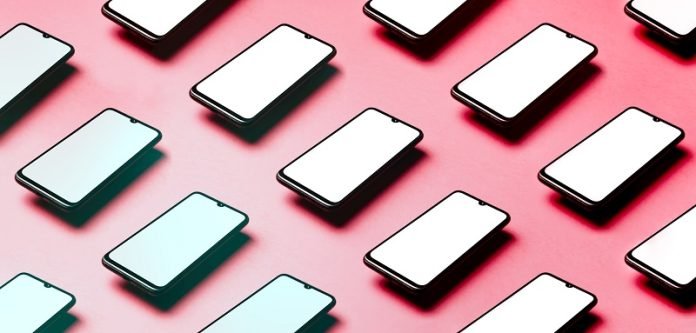
In an innovative leap forward, Korean scientists have developed a new method to recycle gold from discarded electronics, promising to reduce reliance on imported metals and tackle environmental waste.
The Korea Institute of Science and Technology (KIST) team, led by Dr. Jae-Woo Choi, recently announced their breakthrough in the Chemical Engineering Journal.
As the global market for ‘circular resources’—recycled materials from waste—continues to grow, reaching a projected $712 billion by 2026, the importance of technologies like this cannot be overstated.
Currently, Korea imports the majority of its metals, but companies such as SK hynix and Samsung Electronics are leading efforts to recover valuable metals like gold and copper from electronic waste, aiming to reuse over 30% of these materials by 2030.
The new technique utilizes specially designed textile fibers, a significant improvement over the traditional granular adsorbents used for metal recovery.
While granules can be difficult to handle and can cause secondary pollution, the fibrous materials developed by KIST are not only easier to manage but can also be shaped through weaving, making them ideal for industrial applications.
These fibers, made from a polymer called polyacrylonitrile (PANF), have been chemically enhanced to bind with gold more effectively.
The surface of the fibers is treated with alkaline molecules to increase their gold-binding capacity by up to 2.5 times compared to previous materials—going from 576 milligrams of gold per gram of material to an impressive 1,462 milligrams.
The new method has proven to be highly effective, recovering over 99.9% of gold from solutions derived from old computer CPUs.
Moreover, it can extract gold with nearly 100% efficiency in a wide range of acidic conditions, which are typical in electronic waste.
The method is also selective; it can isolate gold even when numerous other metal ions are present in the solution.
Notably, this innovative fiber maintains a high performance even after multiple uses. The gold recovery rate stays above 91% even after 10 cycles, showcasing the material’s durability and reusability.
Dr. Choi emphasized the potential of this technology to significantly lessen Korea’s dependence on metal imports and buffer against the volatility of global raw material prices.
The research team is already planning to expand this technology to recover other valuable metals from waste, promising a more sustainable and cost-effective solution for resource recovery.
This breakthrough not only supports Korea’s shift towards sustainable resource use but also offers a model for global efforts to manage electronic waste more effectively.



